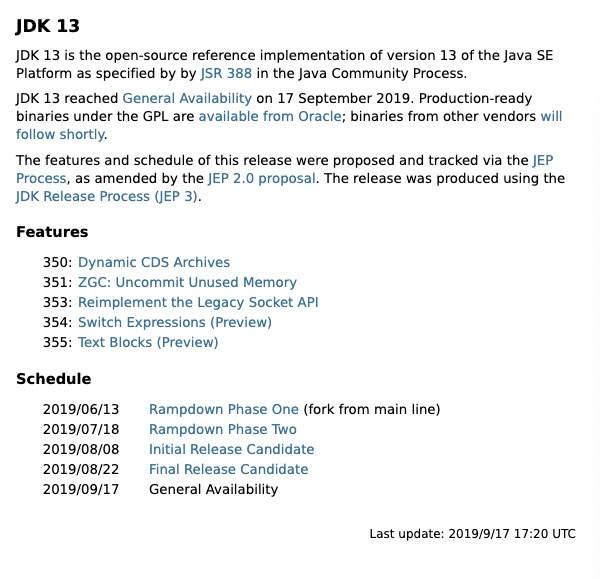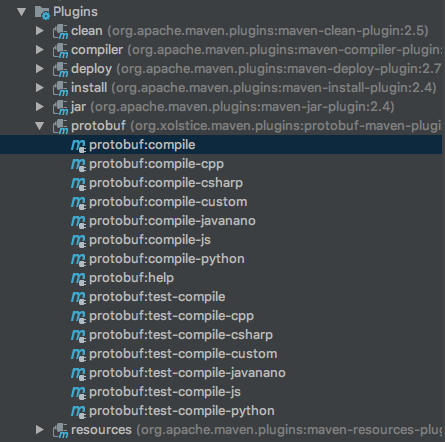ArrayListMultimap类的继承关系如下图所示:
ListMultimap是一个接口,继承自Multimap接口。ListMultimap接口为所有继实现自ListMultimap的子类定义了一些共有的方法签名。ListMultimap接口并没有定义自己特有的方法签名,里面所有的方法都是重写了Multimap接口中的声明,只是将Multimap接口中返回Collection类型的函数修改成返回List类型。比如Multimap接口中get函数的函数原型为Collection
AbstractListMultimap继承自AbstractMapBasedMultimap类,并实现了ListMultimap接口。AbstractListMultimap类中主要实现了ListMultimap接口里面的方法。同ListMultimap接口类似,AbstractListMultimap类将AbstractMapBasedMultimap类中返回Collection类型的函数修改成返回List类型。里面很多的实现都是调用了AbstractMapBasedMultimap类中相应函数的实现,仅仅简单的将返回Collection类型函数修改为List类型。
ArrayListMultimap类是Multimap接口的ArrayList方法实现的类,在前面的《Guava学习之AbstractMapBasedMultimap》文章中我们谈到了Multimap接口的几种实现,其中就有以ArrayList实现的。
ArrayListMultimap类主要有三个构造函数,实现如下:
private ArrayListMultimap() {
super(new HashMap<K, Collection<V>>());
expectedValuesPerKey = DEFAULT_VALUES_PER_KEY;
}
private ArrayListMultimap(int expectedKeys, int expectedValuesPerKey) {
super(Maps.<K, Collection<V>>newHashMapWithExpectedSize(expectedKeys));
checkArgument(expectedValuesPerKey >= 0);
this.expectedValuesPerKey = expectedValuesPerKey;
}
private ArrayListMultimap(Multimap<? extends K, ? extends V> multimap) {
this(multimap.keySet().size(),
(multimap instanceof ArrayListMultimap) ?
((ArrayListMultimap<?, ?>) multimap).expectedValuesPerKey :
DEFAULT_VALUES_PER_KEY);
putAll(multimap);
}
第一个构造函数其键存储是用HashMap来实现的;而value的存储是用ArrayList来实现的,如下所示:
@Override List<V> createCollection() {
return new ArrayList<V>(expectedValuesPerKey);
}
其中的expectedValuesPerKey 表示预期一个key会有多少个value,这里直接将DEFAULT_VALUES_PER_KEY赋值给expectedValuesPerKey,通过源码我们可以得到DEFAULT_VALUES_PER_KEY=3。
第二个构造函数有两个参数int expectedKeys, int expectedValuesPerKey,其中expectedKeys表示用户预期有多少个key,expectedValuesPerKey表示用户预期一个key会有多少个value。如果你大致知道你的程序会有多少个key和value,建议用这个构造函数,这样可以省去由于空间不足而需要重新分配空间而带来的额外开销。
第三个构造函数是将另一个multimap中的所有键值元素直接复制到我们新建的multimap中,这个方式比较简单,和第一个构造函数类似,我们都不需要知道会有多少个key和value。
从上面的构造函数我们可以看出,这三个构造函数都是以private修饰的,这说明了我们不能直接调用ArrayListMultimap类的构造函数。由于此原因,ArrayListMultimap类为我们带来了以下几个用于创建ArrayListMultimap对象的静态方法:
public static <K, V> ArrayListMultimap<K, V> create() {
return new ArrayListMultimap<K, V>();
}
public static <K, V> ArrayListMultimap<K, V> create(
int expectedKeys, int expectedValuesPerKey) {
return new ArrayListMultimap<K, V>(expectedKeys, expectedValuesPerKey);
}
public static <K, V> ArrayListMultimap<K, V> create(
Multimap<? extends K, ? extends V> multimap) {
return new ArrayListMultimap<K, V>(multimap);
}
可以看出,上面三个静态函数分别对应地调用ArrayListMultimap的三个构造函数,含义我就不说了,很简单。
如果你的ArrayListMultimap对象的value经过了各种的删除、添加操作,这时候可能会导致许多的value空间都没有用到,我们可以用下面的函数来将没用的空间去掉,使得各个key对应value空间的大小等于其对应的value个数:
public void trimToSize() {
for (Collection<V> collection : backingMap().values()) {
ArrayList<V> arrayList = (ArrayList<V>) collection;
arrayList.trimToSize();
}
}
backingMap()函数的实现:
Map<K, Collection<V>> backingMap() {
return map;
}
private transient Map<K, Collection<V>> map;
里面的map就是构造函数super(new HashMap<k , Collection<V>>())中的HashMap。
(完)
原创文章版权归过往记忆大数据(过往记忆)所有,未经许可不得转载。
本文链接: 【Guava学习之ArrayListMultimap】(https://www.iteblog.com/archives/742.html)










